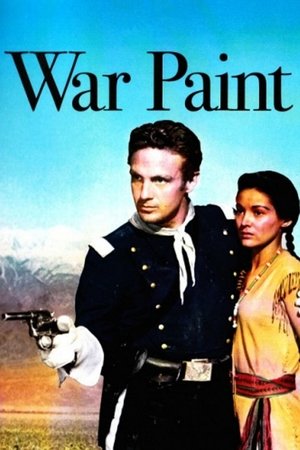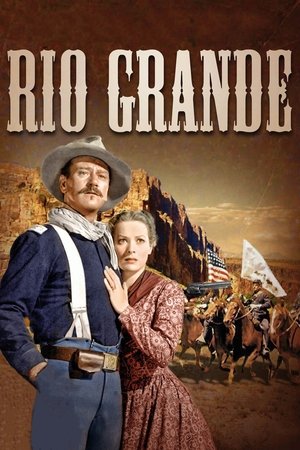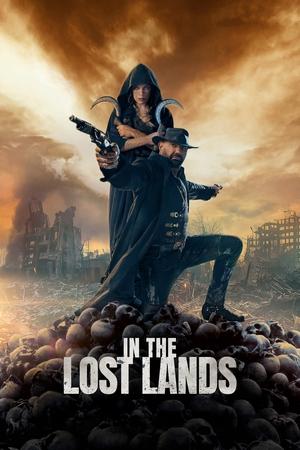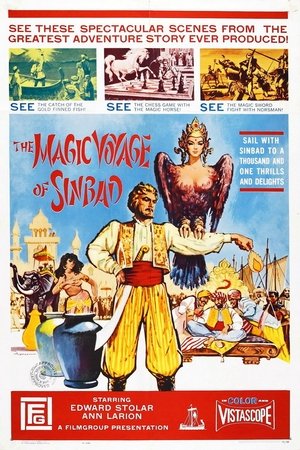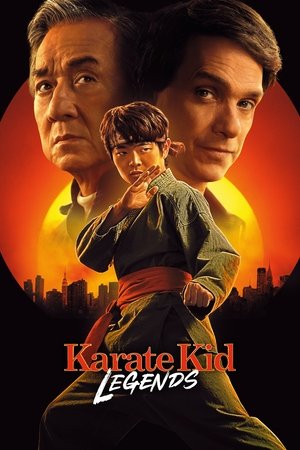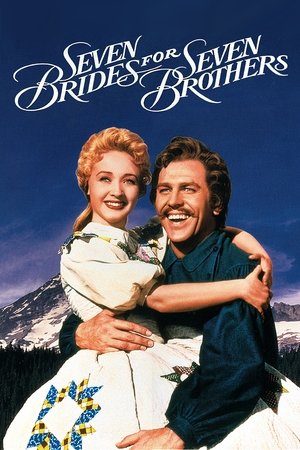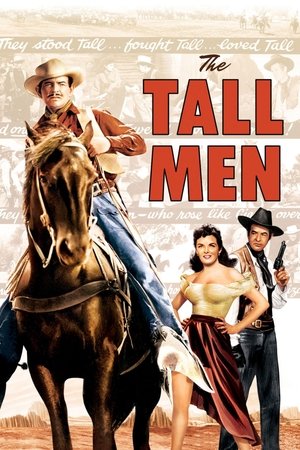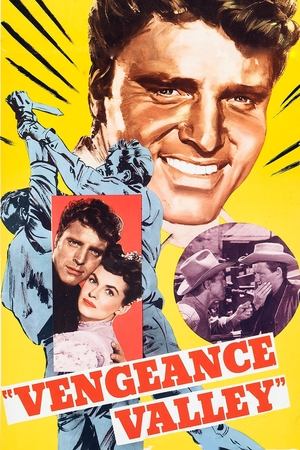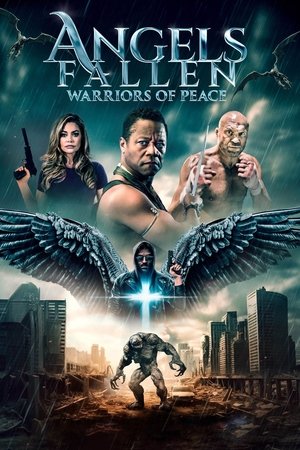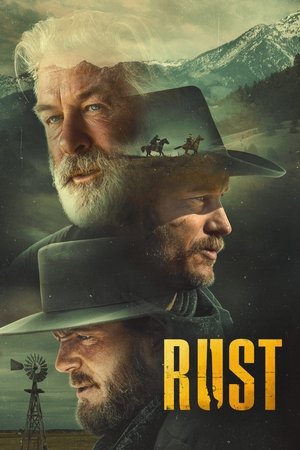War Paint (1953)

| Director | Lesley Selander |
| Cast | Anthony Jochim, Charles McGraw, Charles Nolte, Douglas Kennedy, James Parnell |
| Year | 1953 |
| Country | USA |
| Genres | Adventure, War, Western |
| Duration | 89 min |
| Release | 28 Aug 1953 |
| Language | English |
| Revenue | N/A |
| Trailer | Watch Trailer |
Synopsis
An Indian and his beautiful sister attempt to destroy a cavalry patrol trying to deliver a peace treaty to their chief.
Released in 1953, “War Paint” offers a gripping tale set in the rugged landscapes of the American West. This Western drama invites viewers into a world of tension, intrigue, and cultural clashes. Directed by Lesley Selander, known for his deft handling of Western themes, the film takes audiences on a journey through treacherous terrains and even more perilous human dynamics.
The plot centres on a cavalry patrol tasked with delivering a vital peace treaty to a Native American chief. However, the mission, which initially appears straightforward, quickly devolves into a perilous journey. An Indian warrior, played by the talented Anthony Caruso, and his captivating sister, portrayed by Joan Taylor, have their own plans: to thwart the delivery of the treaty. Their motivation unveils layers of mistrust and historical grievances, providing a complex backdrop to what could otherwise be a simple narrative of good versus evil.
As the patrol makes its way through hostile territories, the journey turns into a battle of wits and survival. The film does an exceptional job of highlighting the rugged beauty of the American frontier, juxtaposing it against the stark reality of the cultural tensions of the time. It is this very tension that propels the narrative forward, making “War Paint” not just a story about conflict, but also about understanding and reconciliation.
War Paint (1953) delves into these themes, offering insights into how the film captures the nuances of its era. It becomes evident that the movie is more than just an action-packed Western; it is a reflection on the broader socio-political landscape of the time. The storyline’s tension is further heightened by the strong performances of the cast.
The film’s cast brings life to this enthralling tale. Robert Stack, known for his intense and commanding screen presence, leads as Lt. Billings, the cavalry officer determined to complete his mission despite the odds. His character embodies the resolve and moral dilemmas faced by those on the frontier. Anthony Caruso and Joan Taylor deliver compelling performances as the Native siblings, imbuing their roles with a palpable sense of urgency and emotion. Their characters are not merely antagonists but are portrayed with depth and an understanding of their motivations, providing a balanced perspective on the narrative.
Lesley Selander, the director, expertly balances action with storytelling, ensuring that the film’s pace keeps audiences engaged. His experience in the Western genre is evident in every frame, from the sweeping vistas to the tense standoffs. The cinematography captures the vastness of the landscape, serving as a stunning yet harsh backdrop to the unfolding drama.
“War Paint” belongs to the Western genre, yet it transcends its category by tackling the complex themes of trust and betrayal. The film’s ability to maintain suspense while exploring these deeper issues is a testament to its well-crafted storyline and direction. It stands as an example of how Westerns can offer more than just shootouts and horseback chases—they can also provide commentary on human nature and societal challenges.
According to IMDb, “War Paint” holds a respectable rating, reflecting its status as a beloved classic among Western aficionados. The film’s blend of action, drama, and thoughtful exploration of cultural themes has earned it a place in the annals of cinema history.
For those interested in the intricacies of Western cinema and its ability to mirror societal issues, “War Paint” offers a compelling viewing experience. Its narrative, combined with strong performances and stunning visuals, ensures that it remains a significant piece of cinematic history.
In exploring “War Paint,” viewers are invited to not only enjoy an exciting Western adventure but also to consider the broader implications of its story. The film remains relevant, reminding us of the ongoing conversations about cultural understanding and reconciliation. More information about the film, including details on its cast and production, can be found at War Paint (1953) This resource provides a deeper dive into the film’s background and its place within the Western genre.

